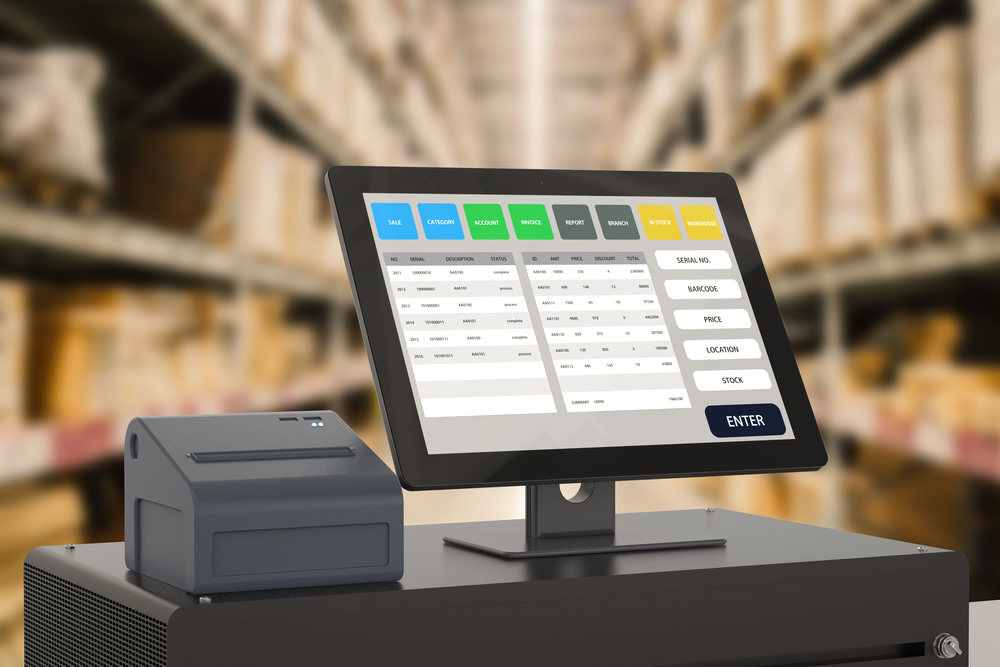Effective restocking of inventory is crucial to ensure uninterrupted operations. The real-time visibility into inventory management levels enables companies to accurately track stock levels, set reorder points, and automate replenishment processes. This ensures that essential parts and supplies are readily available, reducing downtime and optimising the equipment life cycle.

Preventive Maintenance
Asset management life cycle solutions enable companies to implement preventive maintenance strategies effectively. Maintenance can be scheduled based on usage patterns, condition monitoring, and manufacturer recommendations by tracking and analysing equipment performance data.
The use of asset tracking software will keep a check on the use, state, and location of that particular asset. Proactive maintenance reduces the risk of unexpected breakdowns, extends equipment life, and minimises costly repairs. Moreover, it may help to identify potential issues before they lead to equipment failures and breakdowns.
Precise Re-Stocking
Effective restocking of inventory is crucial to ensure uninterrupted operations. The real-time visibility into inventory management levels enables companies to accurately track stock levels, set reorder points, and automate replenishment processes. This ensures that essential parts and supplies are readily available, reducing downtime and optimising equipment life cycle.
Updated Hardware and Fleet Status:
Asset management solutions facilitate real-time equipment status monitoring and provide comprehensive insights into its condition. By using RFID tracking factors like usage, performance, and maintenance history, companies can identify when equipment requires hardware updates or replacement. Furthermore, upgrading equipment at the right time ensures optimal performance, extends the life cycle, and avoids costly breakdowns.
Convenient System Upgrades
Asset management solutions simplify system upgrades by providing a centralised equipment and fleet management platform. Companies can easily track equipment configurations, software versions, and compatibility requirements. This streamlines upgrading systems, ensuring that all equipment is updated and integrated seamlessly, leading to enhanced productivity and extended equipment life.

Short Summary
Effective asset management is essential for increasing the equipment life cycle. Usage, operator knowledge, maintenance plans, and operating conditions significantly impact equipment longevity.
Leveraging asset management solutions provides advantages such as preventive maintenance, precise re-stocking, updated hardware and fleet status, and convenient system upgrades. By implementing these solutions, companies can optimise their asset management practices and extend the life cycle of their equipment, leading to improved efficiency and cost savings.



